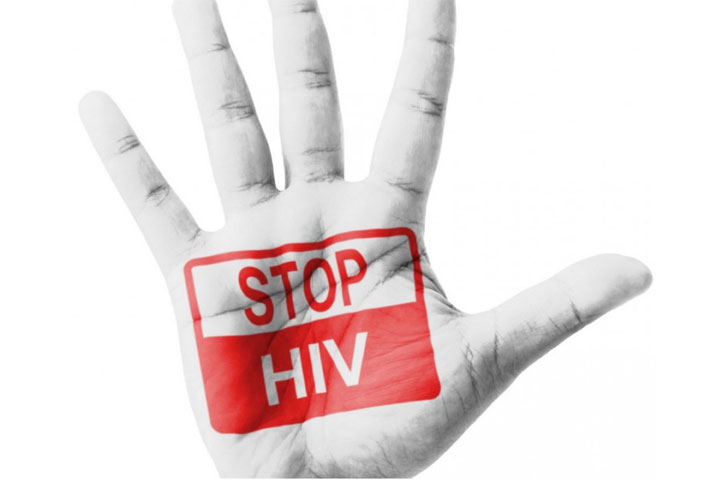New Evidence Suggests Early Diagnosis and Treatment Shows Positive Effects on Care and Improvement for Patients Suffering from HIV
The US federal government recently updated the national guidelines for the treatment of human immunodeficiency virus, HIV, through 2020, according to the CDC. The future treatment of HIV may change the historic prognosis of the disease, which has typically been fatal for the past three decades.
The updated protocol aims to “reduce new infections, increase access to care and improve health outcomes for people living with HIV, reduce HIV related health disparities and health inequities”, according to the CDC, and “achieve a more coordinated national response to the HIV epidemic”. The new guidelines also established 10 new assessment indicators.
New evidence suggests that early treatment has a positive effect in the prognosis and quality of life for patients who suffer symptoms of HIV – the deadly virus that leads to a breakdown of cellular immunity and results in the inability to fight infection, as well as an increased chance of developing malignancy.
Previous guidelines leaned toward a conservative approach in treatment, a protocol that implemented therapy when a patient’s CD4 count decreased, which is an important indicator of immune system function and a predictor of the advancement of HIV. This drop in CD4 generally produces symptoms consistent with an increased viral load on
the body.
The update and new vision of the National HIV/AIDS Strategy highlights the progress in the fight against HIV in the US. Twenty-five years ago, there was only one therapy for treating HIV, compared with today’s standard, which includes over 25 pharmaceuticals that attack HIV in different ways.
Highly active antiretroviral therapy, HAART, is an example of the updated and progressive approach to HIV treatment. HAART therapy utilizes a combination of different virus reducing and immune system supporting medications that have shown to be 80% effective.
New research has also led to the development of another therapy that does not directly influence the HIV, but increases the effectiveness of pharmaceutical treatments, by increasing two types of protease inhibitors in the bloodstream.
Not only has quality of life been enhanced for patients who are benefiting from the pioneering therapies and the fresh approach to treatment, but the rates of death have also decreased. Many patients living with HIV still struggle with chronic symptoms, but are able to live relatively active and healthy lifestyles, with fewer complications than in the past.




 © fucoidanforce.com. All rights reserved.
© fucoidanforce.com. All rights reserved.